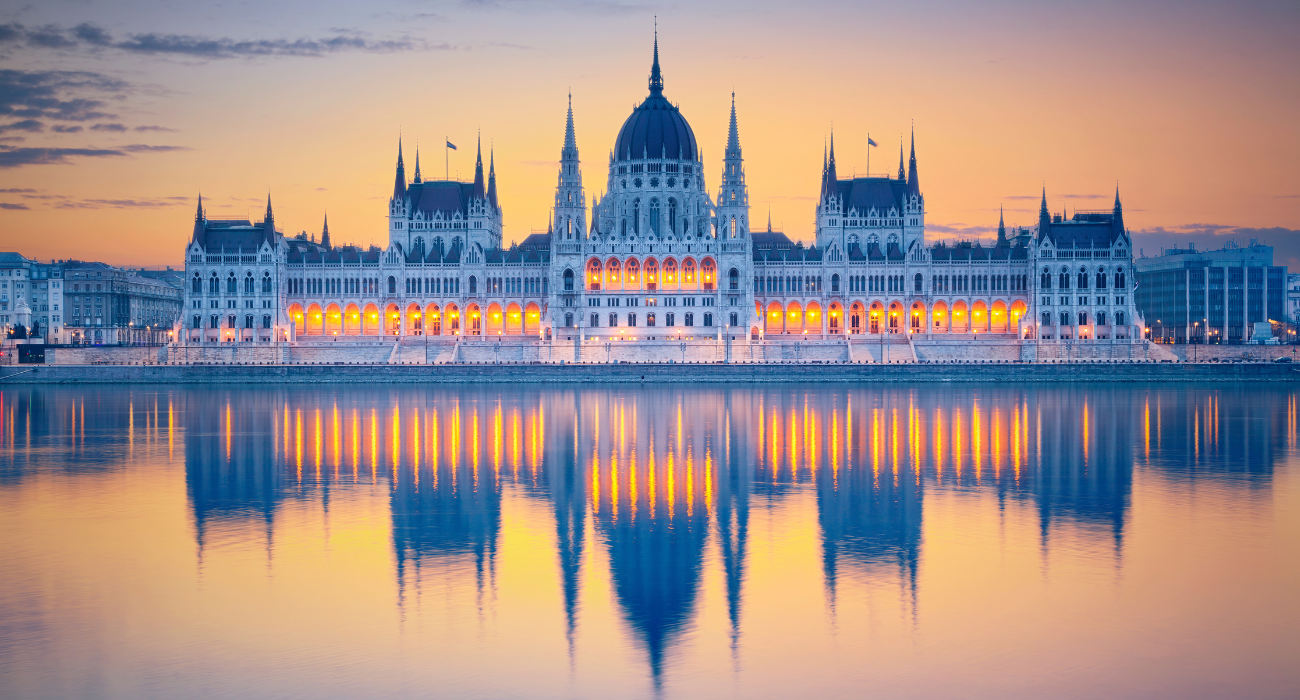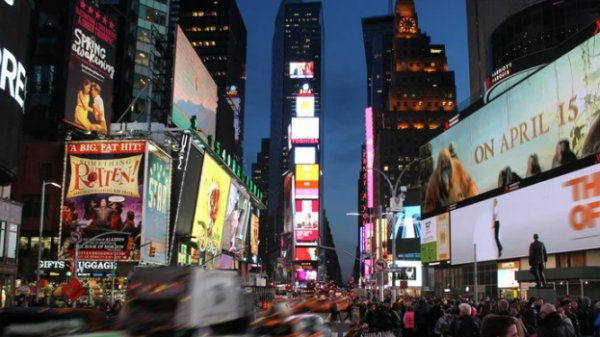For the ardent traveler, Budapest is a jewel of Eastern Europe—a vibrant tapestry of history, art, and culinary artistry waiting to be explored. The Hungarian capital, widely renowned for its stunning architecture and soothing thermal baths, offers a rich experience for cultural explorers. This blog post will steer you through a Budapest voyage that encapsulates the city’s deep-rooted heritage, unparalleled beauty, and culinary delights—providing a roadmap for creating unforgettable memories in this historic locale. Whether it’s your first visit or a much-awaited return to the city of ‘Pearl of the Danube,’ the adventure that awaits you in Budapest is timeless.
Introduction to Budapest: A Glimpse into the City of Spas and Cultural Richness
Budapest, often referred to as the “Paris of the East,” is a city that unassumingly charms with its blend of grand historic buildings and an equally impressive classical and contemporary art scene. The Danube River separates the city into two distinct regions—Buda and Pest. Each has its tales to tell, creating a cultural mosaic that is utterly unique. From the tranquil parks and historic sites to the buzzing ruin bars, Budapest offers a diverse and enticing cultural landscape.
The Charm of the Buda Hills
The Buda side of Budapest, with its winding cobblestone streets and grand hills, beckons history aficionados. This is where you’ll find the legendary Buda Castle, an architectural masterpiece that once played home to Hungarian kings. Adjacent to the castle is the Fisherman’s Bastion, with its fairytale-like towers offering panoramic views of the city, and Matthias Church, a gothic gem with its vibrant tiled roof.
The Vibrancy of Pest
In contrast, Pest is the modern pulse of the city, home to the iconic Hungarian Parliament Building, a majestic riverside landmark, and Heroes’ Square, a monumental space that pays homage to great Hungarian leaders and epic history. Pest is also where you’ll find the city’s liveliest districts, filled with cafes, markets, and a nightlife that rivals some of Europe’s trendiest.
Must-Visit Historic Sites: Exploring the Buda Castle, Fisherman’s Bastion, and Heroes’ Square
Budapest’s historic sites are not just snapshots in time, they’re living, breathing testaments to the city’s resilience and its unyielding spirit. Each site has a story to tell and a legacy to uncover.
Buda Castle: A Timeless Icon
Perched atop Castle Hill, Buda Castle’s history dates back to the 13th century when it was built as a royal palace. Today, the castle complex houses museums, galleries, and the National Library of Hungary. The imposing fortress and the medieval quarter around it are perfect for a day of exploration.
The Whimsical Fisherman’s Bastion
A neo-Gothic and neo-Romanesque terrace situated on the Buda bank of the Danube, the Fisherman’s Bastion is not just a series of stone turrets—it’s a whimsical architectural fantasy that provides some of the best skyline views of the city. The seven towers represent the seven Magyar chieftains who settled the area in 896.
Heroes’ Square: A Reminder of Hungary’s Rich Past
Heroes’ Square is one of Budapest’s most visited squares, noted for its iconic statue complex featuring the Seven Chieftains of the Magyars and the Tomb of the Unknown Soldier. It is both a major transport hub and a ceremonial site, used for political gatherings and community events, reflecting the dual role Heroes’ Square has played in the city’s history.
Uncovering Budapest’s Architectural Marvels: The Parliament Building and St. Stephen’s Basilica
Budapest boasts a plethora of architectural wonders that capture the essence of the city’s grandeur and complex past. Two such landmarks are the Hungarian Parliament Building and St. Stephen’s Basilica.
The Iconic Parliament Building
Situated on the banks of the Danube, the Hungarian Parliament Building is not only an iconic symbol of Budapest but a UNESCO World Heritage site. Its neo-Gothic architecture and crown jewels exhibition are especially breathtaking. Make sure to view the building from the river as well, for a truly picturesque perspective.
St. Stephen’s Basilica: A Testament to Devotion
Named after Hungary’s first king, St. Stephen’s Basilica is the largest church in Budapest, known for its impressive dome and panoramic views of the city. The basilica’s beauty extends to its stunning mosaic interior and the chance to view the mummified hand of St. Stephen—complete with intricate carvings and legends.
Delving into Hungarian Cuisine: Where to Taste Authentic Goulash and Pastries
Hungarian cuisine is a treasure trove of flavors, blending influences from across Europe into hearty dishes that are as comforting as they are delicious. From the iconic Goulash to the indulgent desserts, your taste buds are in for a treat.
Goulash: A Taste of Hungary
Goulash, a traditional stew of meat and vegetables seasoned with paprika and other spices, is the national dish of Hungary. It’s typically served in every restaurant, from upscale venues to casual bistros. Don’t miss the opportunity to savor this Hungarian delicacy at Százéves, a beloved restaurant known for its authentic flavors.
Sweet and Savory Chimney Cakes
Chimney cakes (Kürtőskalács), a spiral-shaped pastry, are a must-try in Budapest. These sweet or savory treats can be found at various market stalls and are often enjoyed plain or coated with sugar, cinnamon, nuts, or other delicious toppings. Vacsi Street Food at Károly körút is a popular spot for authentic chimney cakes.
The Culinary Experience of Central Market Hall
The Central Market Hall (Nagyvásárcsarnok) is not just a market, it’s an experience. Here you can find an array of Hungarian delicacies, from paprika and sausages to honey and pálinka, a traditional fruit brandy. The market is also a great place for a quick, casual meal, with numerous food vendors offering local specialties.
A Day in the Life of a Budapest Local: Market Halls, Thermal Baths, and Evening Strolls
To truly immerse yourself in Budapest’s local life, you’ll want to start your day at one of the city’s historic market halls and end with an atmospheric evening stroll along the Danube.
Morning Bounty at Great Market Hall
Rise with the sun and head to the monumental Great Market Hall on Fővám Square. Here, locals gather to do their shopping for fresh produce, spices, and seasonal products. Take the time to interact with vendors, sample local ingredients, and perhaps grab a lángos (fried dough) for breakfast.
Afternoon Tranquility at Széchenyi Thermal Bath
Spend the afternoon luxuriating in one of Budapest’s thermal baths—a beloved pastime for both visitors and locals. The Széchenyi Thermal Bath in City Park is one of the largest spa complexes in Europe, offering an array of indoor and outdoor pools, saunas, and medicinal water for a truly rejuvenating experience.
Evening Stroll along the Danube
Cap off your day with a leisurely walk along the Danube at sunset. The Chain Bridge offers an iconic view of the city, but any point along the river’s bank promises a romantic vista of Budapest’s illuminated skyline. Stop by Vigadó Square for a glimpse of the lively night scene and maybe a little spontaneous entertainment.
Beyond the Mainstream: Hidden Gems and Off-the-Beaten-Path Experiences
While Budapest’s landmarks are undoubtedly enchanting, the city also hides a number of off-the-beaten-path spots that are just as worthy of exploration.
The Funky Ruin Bars
Budapest’s ruin bars have become legendary party spots, but they’re also fascinating from an architectural perspective. Located in derelict buildings, these bars and clubs are filled with quirky, mismatched decor and often host live music and cultural events. Szimpla Kert, the city’s oldest ruin bar, is a must-visit for its unique ambiance and history.
The Majestic Memento Park
After the fall of communism, Budapest moved its monumental statues to an open-air museum called Memento Park. Here, you can see a collection of statues from the Soviet era, providing a unique window into Hungary’s not-so-distant political history.
Eclectic Király Street
For a taste of local shopping and dining, head to Király Street in the Jewish Quarter. This trendy street is lined with boutiques, vintage shops, and cozy cafes, offering a perspective on Budapest’s contemporary culture and creative scene.
Practical Tips for First-Time Visitors: Transportation, Currency, and Language Basics
Navigating a new city can be an adventure in itself, and Budapest is no exception. Here are some practical tips to ensure a smooth and enjoyable experience.
Public Transportation and the Budapest Card
Budapest has an excellent public transportation system, including buses, trams, and the historic Metro Line 1. Consider purchasing a Budapest Card, which offers unlimited travel on public transport, as well as discounts to various attractions and restaurants.
Hungarian Forints and Currency Exchange
The local currency in Budapest is the Hungarian Forint (HUF). While some places may accept euros, it’s always best to have some forints on hand. Currency exchange services can be found at the airport, main train stations, and in the city center.
Language Barrier and Essential Hungarian Phrases
The Hungarian language may seem daunting at first, but learning a few key phrases can go a long way. English is widely spoken in tourist areas, but it’s always appreciated when visitors make an effort to speak the local tongue. “Köszönöm” means thank you, and “Szia” is a casual hello or goodbye—simple yet significant in your interactions with locals.
Inviting Readers to Experience the Pearl of the Danube
Budapest is a city that leaves an indelible mark on all who visit, a cultural feast filled with grandeur, charm, and a spirit of collective memory. Whether you’re wandering through the historic streets, immersing yourself in the soothing waters of a thermal bath, or savoring the rich flavors of Hungarian cuisine, the experiences here are both timeless and inimitable. This comprehensive guide is just the beginning of your Budapest adventure. Now, it’s up to you to step into the heart of a city that stands at the crossroads of the past and present, eager to share its many treasures with cultural explorers like you. Set sail for the shores of the Danube, and discover why Budapest is not just a place on the map, but a living, breathing testament to the beauty of human endeavor and the joys of cultural diversity.















